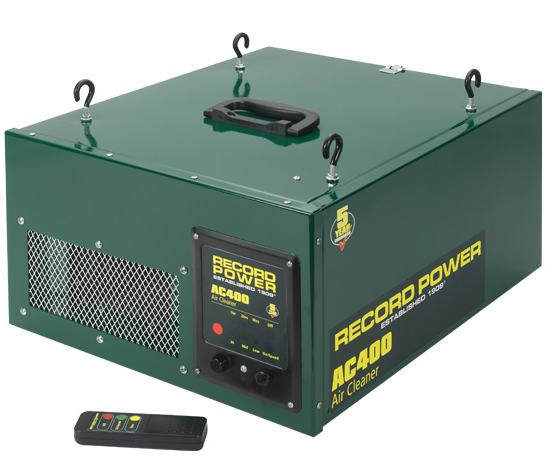LFS19
Established Member
I was wondering what sort of dust we're dealing with when using hand tools - that is, are dust masks and so on required when using a hand saw as they would using a powered miter saw?
From what I've seen on YouTube videos regarding the use of hand tools, protection is rarely seen, and often openly dismissed when he or she is not using power tools.
I was wondering, if it is so, what separates power tools and hand tools in regards to the dangers of dust.
Obviously operations like sanding and routing are heavy with the dust, but what about table/chop sawing in relation to hand sawing?
Are the microns smaller and so more dangerous when using powered saw tools?
Is it simply that the high speed motors of powered tools kick the dust into the air to a much greater extent? (Like powered sanding as opposed to filing or manuel sanding)
I know of course that power tools kick out allot more dust in general, but if the dust is so bad for you, would it not be better to wear protection anyway, even if it's presence is lessened when using hand tools?
Thanks
From what I've seen on YouTube videos regarding the use of hand tools, protection is rarely seen, and often openly dismissed when he or she is not using power tools.
I was wondering, if it is so, what separates power tools and hand tools in regards to the dangers of dust.
Obviously operations like sanding and routing are heavy with the dust, but what about table/chop sawing in relation to hand sawing?
Are the microns smaller and so more dangerous when using powered saw tools?
Is it simply that the high speed motors of powered tools kick the dust into the air to a much greater extent? (Like powered sanding as opposed to filing or manuel sanding)
I know of course that power tools kick out allot more dust in general, but if the dust is so bad for you, would it not be better to wear protection anyway, even if it's presence is lessened when using hand tools?
Thanks

































